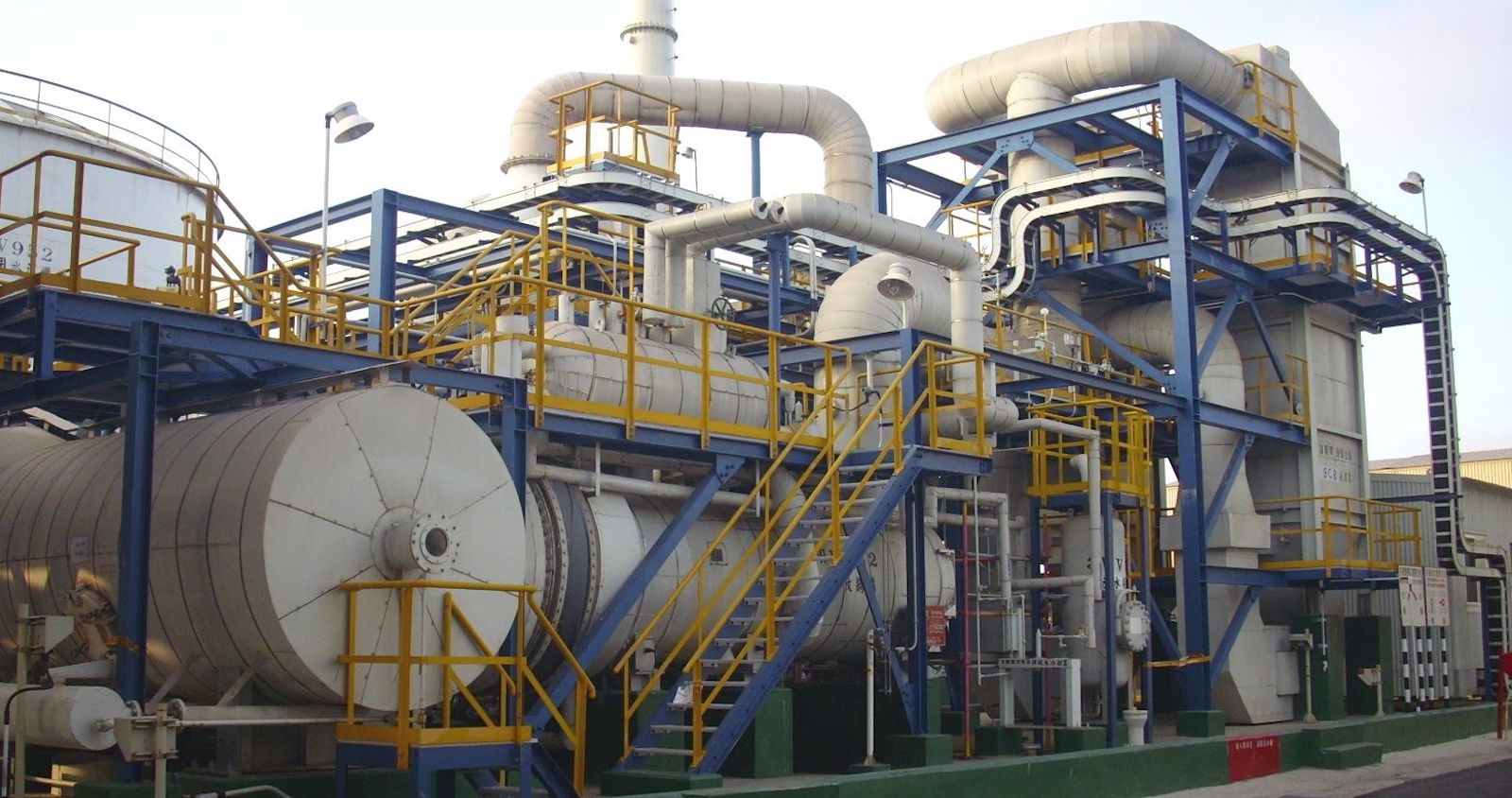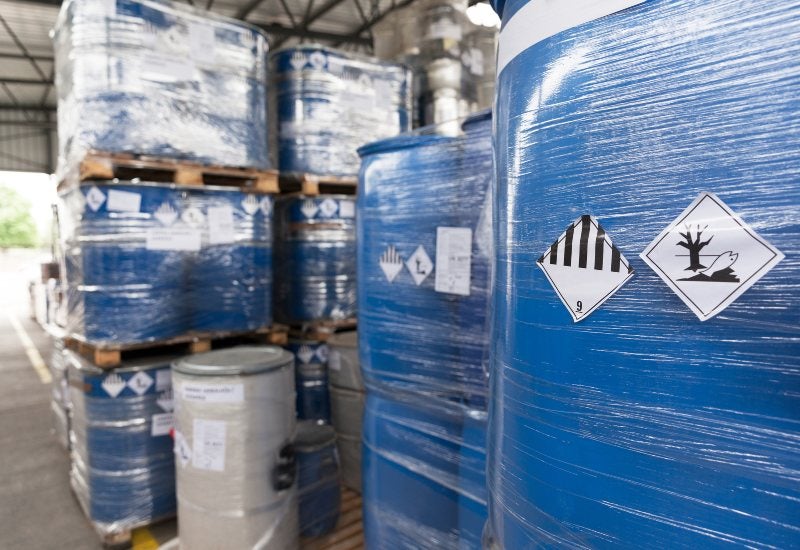Leading Industrial Wastewater Treatment Solutions: Guaranteeing Compliance and Effectiveness
Leading Industrial Wastewater Treatment Solutions: Guaranteeing Compliance and Effectiveness
Blog Article
Just How Fluid Waste Disposal Works: A Thorough Review of Methods and Technologies Employed

Summary of Liquid Waste Types
The intricacy of fluid waste types necessitates a complete understanding of their features and effects for disposal. Fluid waste can generally be classified right into a number of types, including industrial, community, agricultural, and contaminated materials. Each category shows distinctive properties, requiring details monitoring methods to alleviate environmental and health threats.
Industrial fluid waste originates from making processes and frequently contains a range of contaminants, such as heavy steels, solvents, and organic substances. Local liquid waste, mostly consisting of wastewater from homes and commercial facilities, consists of organic issue, nutrients, and microorganisms (industrial wastewater treatment). Agricultural fluid waste, consisting of runoff from ranches, may have fertilizers, pesticides, and pet waste, positioning threats to water high quality and ecosystems
Unsafe liquid waste is characterized by its poisoning, reactivity, or possible to create damage. This group includes materials like acids, bases, and specific chemicals that demand strict handling and disposal methods. Comprehending these varied liquid waste kinds is essential for creating effective disposal techniques and ensuring compliance with ecological regulations. Appropriate category and characterization are important for applying suitable therapy strategies and reducing the negative impacts on public health and wellness and the setting.
Physical Therapy Methods

Testing is the first action, where bigger fragments and particles are gotten rid of from the fluid waste making use of displays or grates. This procedure shields downstream tools from damages and makes sure smoother operation. Following testing, sedimentation makes use of gravitational pressure to separate solids from liquids. In sedimentation tanks, heavier fragments settle at the bottom, creating a sludge layer, while the made clear liquid can be further treated.
Purification is one more vital method that entails passing the fluid with porous products, such as sand or membranes, to record smaller sized particles. This action improves the quality of the fluid, making it appropriate for subsequent therapy processes.

Chemical Therapy Strategies
Chemical treatment strategies are vital for properly managing fluid waste, particularly in attending to dissolved and colloidal pollutants that physical approaches may not appropriately eliminate. These strategies utilize different chemical representatives to neutralize, precipitate, or change hazardous compounds right into much less hazardous kinds.
One common technique is coagulation and flocculation, where chemicals such as alum or ferric chloride are included in advertise the gathering of put on hold particles. This process improves sedimentation, permitting simpler removal of the resulting sludge. In addition, oxidation procedures, employing agents like chlorine or ozone, are utilized to break down complicated natural substances and pathogens, rendering the waste much safer for discharge or additional therapy.
Neutralization is an additional critical technique, which adjusts the pH of acidic or alkaline waste streams to neutral levels, stopping prospective injury to downstream systems and the setting. In addition, advanced oxidation procedures (AOPs) utilize combinations of oxidants and ultraviolet light to deteriorate consistent contaminants, accomplishing a greater degree of therapy performance.
Biological Treatment Processes
Biological treatment processes play useful site a vital function in the administration of fluid waste by making use of microorganisms to break down natural issue and lower impurity degrees. These procedures can be generally classified into cardiovascular and anaerobic treatments, each utilizing particular microbial neighborhoods to attain reliable waste destruction.
Cardiovascular therapy includes using oxygen to assist in the malfunction of organic products by microorganisms. This procedure is frequently executed in activated sludge systems, where oygenation storage tanks offer a conducive environment for microbial development, causing the oxidation of organic pollutants. The resultant biomass can be divided from treated effluent via sedimentation.
In comparison, anaerobic treatment occurs in the lack of oxygen, counting on various germs to break down natural matter. This method is specifically helpful for high-strength waste, as it generates biogas, an eco-friendly power source, while lowering sludge manufacturing. Technologies such as their website anaerobic digesters are frequently used in community and commercial applications.
Both cardio and anaerobic biological therapies not only lessen the ecological impact of fluid waste but additionally help with source recovery, making them crucial components of lasting waste monitoring methods. Their effectiveness, effectiveness, and adaptability sustain their prevalent application across various fields.
Arising Technologies in Disposal
Ingenious methods to liquid garbage disposal are quickly developing, driven by improvements in innovation and an enhancing focus on sustainability. Amongst these emerging modern technologies, membrane layer bioreactors (MBRs) have actually gained traction for their capacity to combine biological therapy with membrane layer purification, causing top notch effluent that can be recycled in numerous applications. MBRs make it possible for smaller sized footprints and extra effective procedures compared to typical systems.
One more encouraging development you could check here is the usage of anaerobic digestion incorporated with nutrient recovery innovations, which not just treats liquid waste however additionally generates biogas and recuperates valuable nutrients like nitrogen and phosphorus. This double advantage boosts resource effectiveness and lowers environmental impact.
Furthermore, progressed oxidation processes (AOPs) are being embraced for the destruction of intricate organic contaminants. These techniques make use of effective oxidants and catalysts to break down pollutants at the molecular degree, supplying a highly effective service for difficult waste streams.
In addition, the integration of expert system and artificial intelligence in waste management systems is optimizing operational efficiency and predictive maintenance, resulting in minimized prices and boosted ecological conformity. These innovations show a considerable shift towards more effective and lasting liquid waste disposal methods.
Final Thought
In final thought, effective fluid waste disposal demands an extensive understanding of numerous methods and technologies. By constantly advancing these techniques, it becomes feasible to address the expanding obstacles connected with fluid waste, ultimately contributing to ecological protection and resource recuperation.
Liquid waste disposal is an essential aspect of ecological monitoring, requiring a detailed understanding of numerous techniques and innovations customized to various waste types. Liquid waste can extensively be classified right into several types, including commercial, metropolitan, agricultural, and dangerous waste. Agricultural liquid waste, consisting of runoff from farms, might have plant foods, pesticides, and animal waste, positioning dangers to water top quality and communities.
Different physical therapy techniques play a critical role in handling liquid waste successfully - industrial wastewater treatment.In final thought, efficient fluid waste disposal requires a thorough understanding of numerous strategies and technologies
Report this page